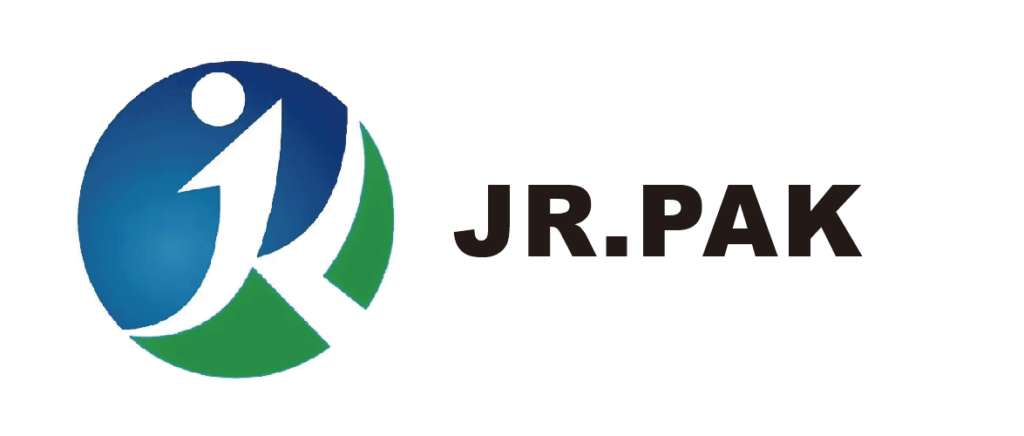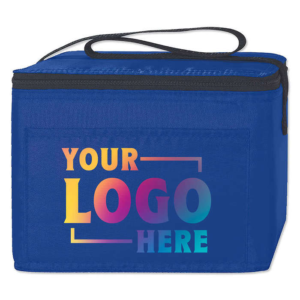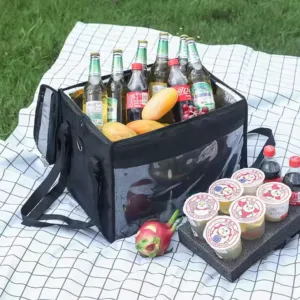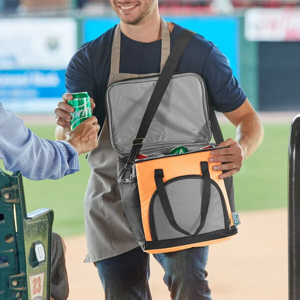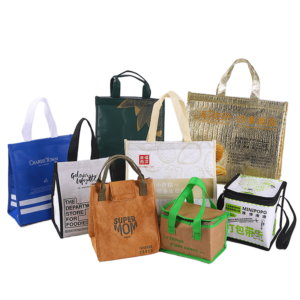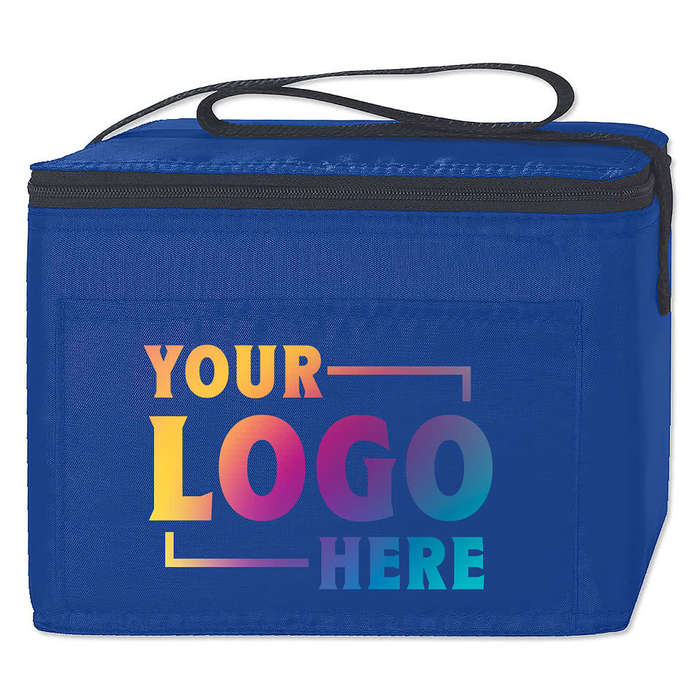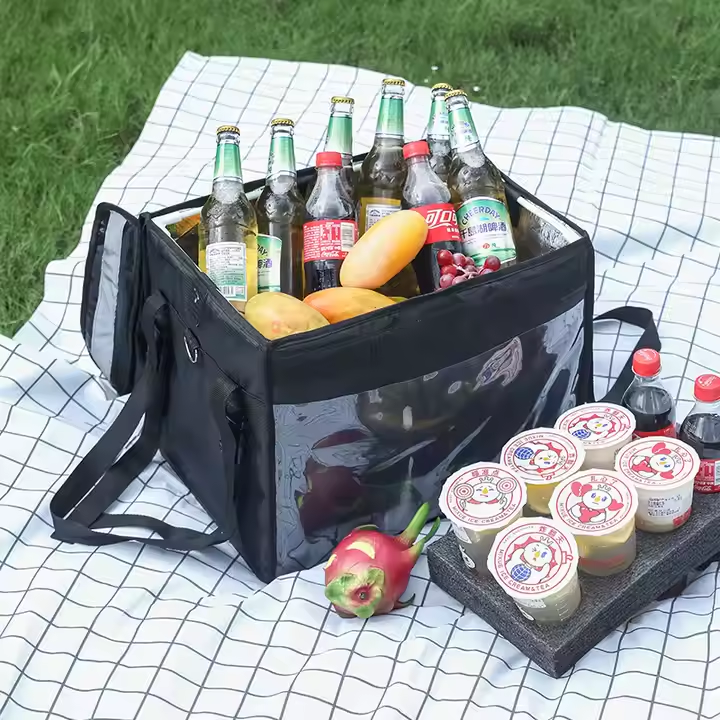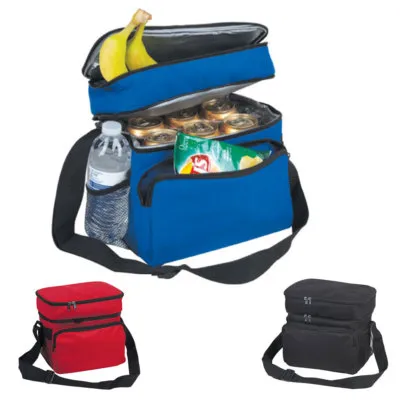Sourcing cooler bags from overseas can unlock big savings, but only with the right approach. This guide outlines proven cost-saving strategies used by experienced buyers and wholesalers to help you cut costs without compromising quality.
8 Cost-Saving Strategies When Ordering Cooler Bags Overseas
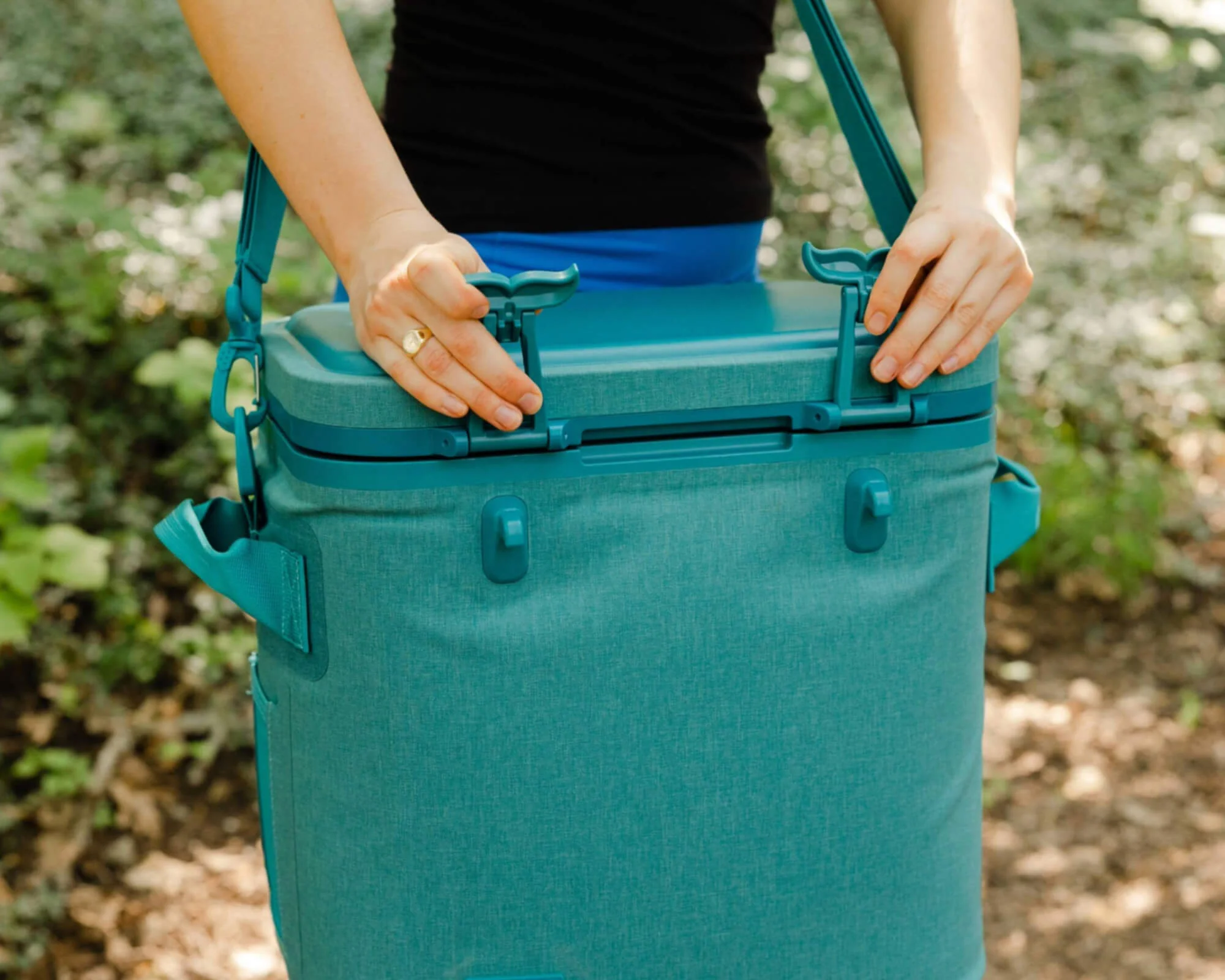
These 8 strategies help reduce costs when sourcing cooler bags internationally by optimizing supplier selection, production choices, and shipping logistics.
Using these methods can improve margins and purchasing efficiency. Read on to apply these strategies to your next order.
Order in Bulk to Lower Unit Costs
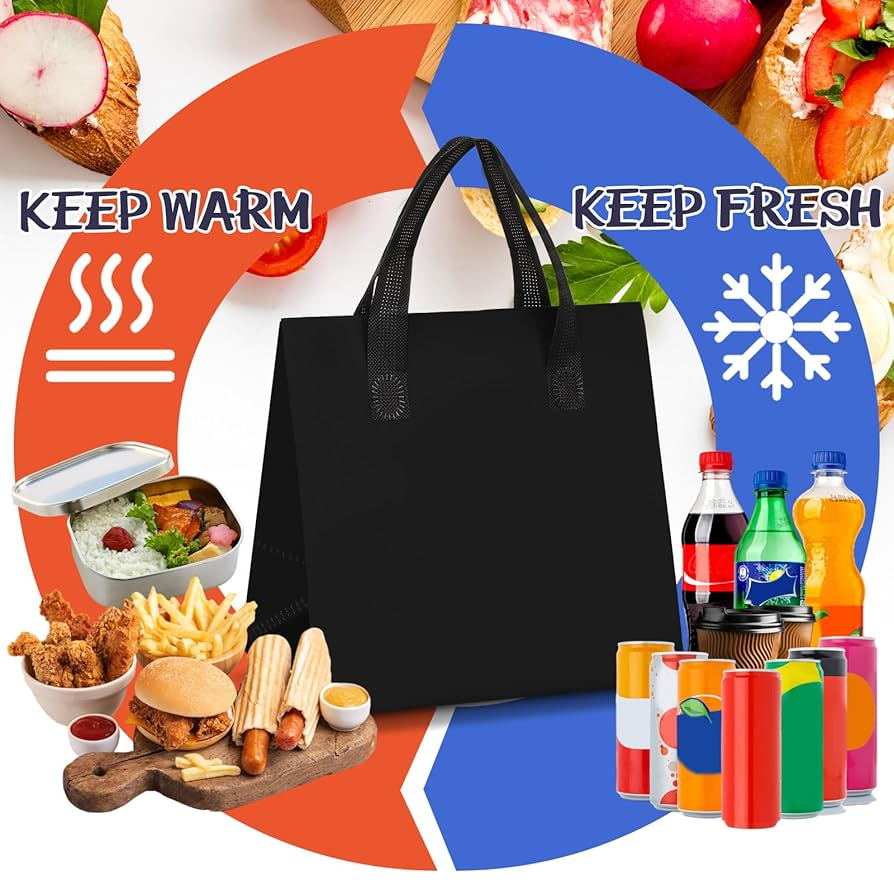
Bulk orders significantly reduce per-unit pricing1 and spread out fixed costs.
Why Bulk Ordering Saves Money
Manufacturers typically provide price breaks at high quantities. For example, ordering 1,000 cooler bags may cost 40% less per unit compared to ordering 100. This cost structure incentivizes large purchases and helps lower the average cost per bag.
Bulk Pricing Example
| Quantity | Estimated Unit Price | Savings |
|---|---|---|
| 100 pcs | $3.80 | – |
| 500 pcs | $2.50 | 34% |
| 1,000 pcs | $2.00 | 47% |
Buyers should also consider storage capabilities and future demand when ordering in bulk.
Choose Factories with In-House Production
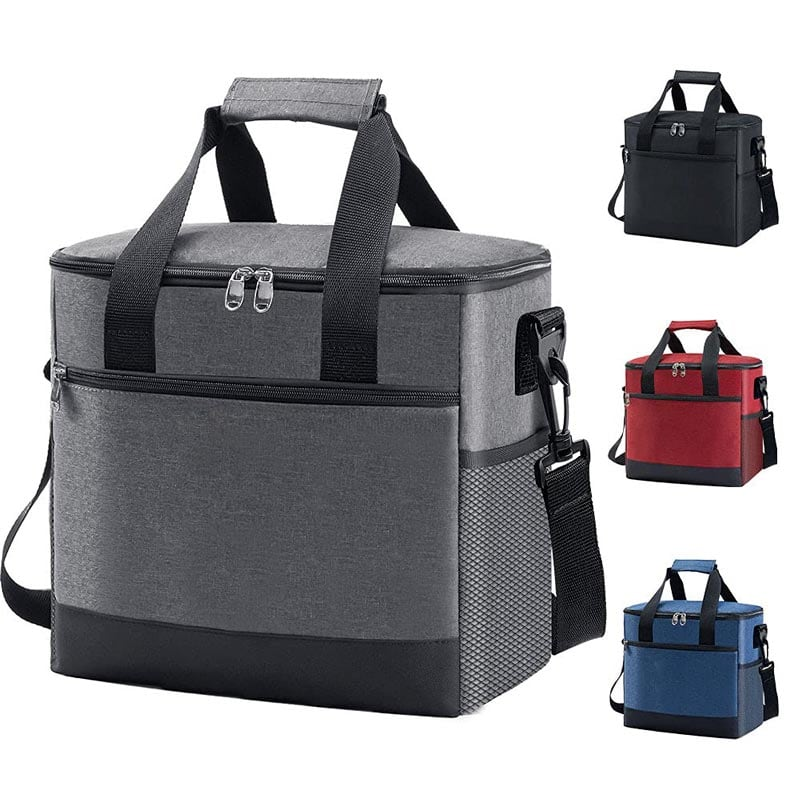
Working directly with manufacturers ensures better control over price and quality.
Benefits of Factory-Direct Relationships
Factories with full in-house production2 control raw material costs and streamline manufacturing timelines. For example, JiaRong Packing’s factory model eliminates middlemen and reduces lead times. This setup also allows better monitoring of quality and communication.
Comparison Table
| Supplier Type | Typical Cost | Communication | Lead Time |
|---|---|---|---|
| Middleman | Higher | Slower | Longer |
| Direct Factory | Lower | Faster | Shorter |
Selecting a well-equipped factory improves reliability and reduces overhead.
Request Customization Only When Necessary
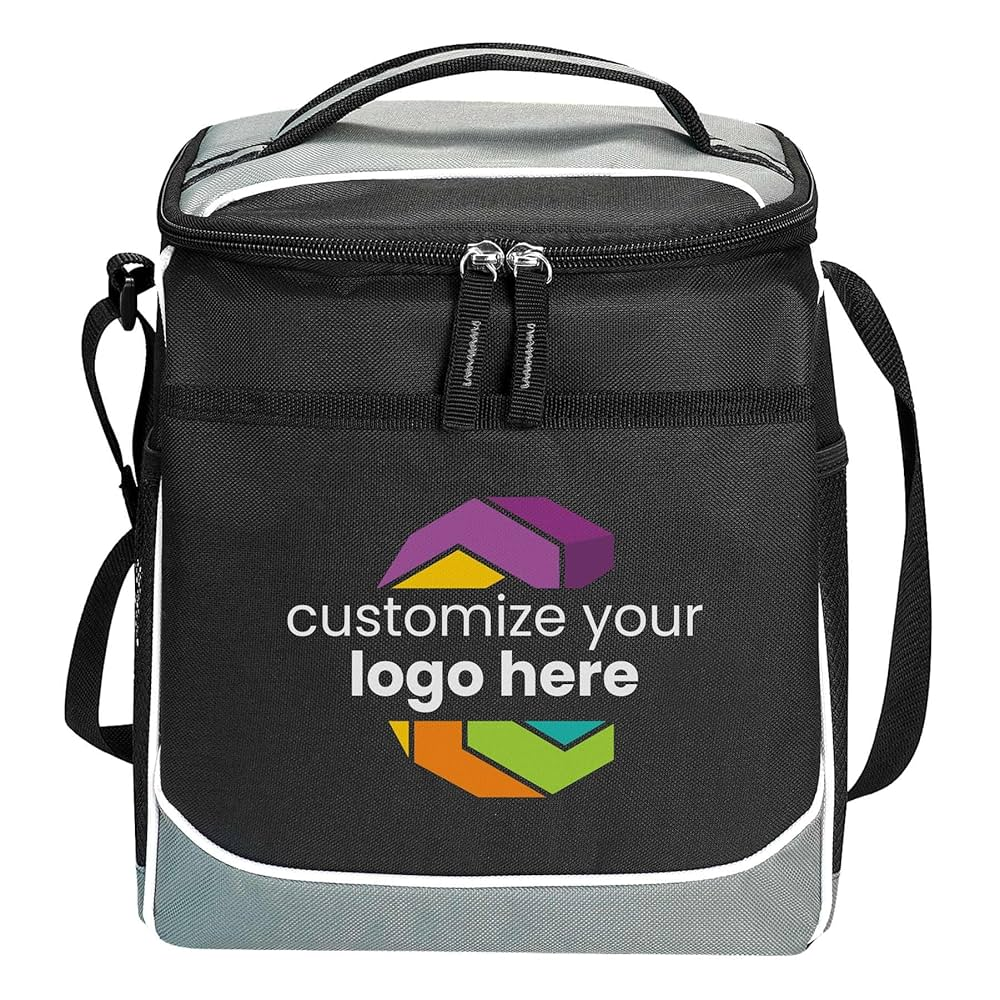
Limiting custom printing or branding reduces overall costs.
How to Control Customization Expenses
Branding adds value, but it also raises cost. Unless branding is essential for marketing, stick to stock options or request minimal customization. Negotiate for free printing if ordering large quantities or accept single-color logos to reduce printing costs.
Customization Cost Breakdown
| Customization | Extra Cost (per unit) |
|---|---|
| None | $0.00 |
| 1-Color Logo | $0.20 |
| Full-Color Print | $0.50 |
Consider functional value over aesthetic upgrades to keep prices down.
Compare Multiple Suppliers and Negotiate
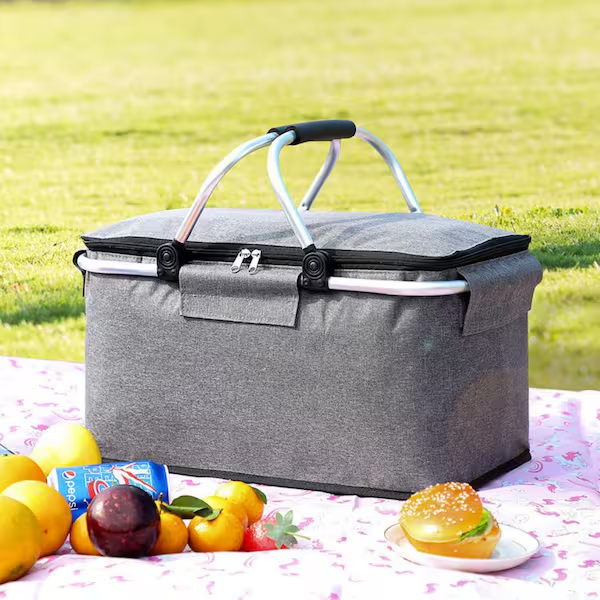
Comparing quotes and negotiating prices improves deal value.
Platforms and Tactics for Supplier Comparison
Use sourcing platforms like Alibaba or Made-in-China to gather quotes. Message at least 3–5 vendors for price comparison. Ask about MOQ discounts, free samples, or bundling services to create leverage. Suppliers often expect negotiation and may lower prices for serious buyers.
Supplier Comparison Checklist
| Criteria | Best Practice |
|---|---|
| Price | Request tiered pricing |
| Lead Time | Choose flexible vendors |
| Communication | Use direct messaging |
Don’t settle for the first offer—ask about incentives and bundle options.
Opt for Standard Materials and Designs
Standard materials cost less and are readily available.
Best Material Choices for Cost Savings
Using widely available materials like PEVA and aluminum foil lowers production costs. Avoid rare fabrics or unique closures unless required. Proven, basic styles are easier to manufacture and cheaper to ship. Suppliers often stock these designs, shortening lead time.
Cost Comparison Table
| Material | Cost Indicator | Availability |
|---|---|---|
| PEVA | Low | High |
| Aluminum Foil | Low | High |
| TPU or Canvas | High | Limited |
Choose practical, repeatable designs to keep both production and repair costs manageable.
Consolidate Shipping to Reduce Freight Costs
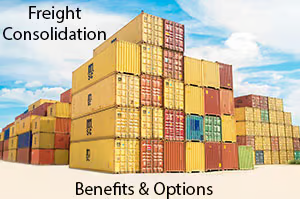
Larger, consolidated shipments cost less per unit.
How Shipping Consolidation Works
Combining multiple orders into one shipment saves on freight and handling. Consolidated container shipping (FCL) is cheaper per item than split shipments (LCL). Plan purchase cycles and coordinate with the supplier to ship items in bulk.
Freight Cost Example
| Shipment Type | Estimated Cost per Unit |
|---|---|
| LCL (200 pcs) | $1.10 |
| FCL (1,000 pcs) | $0.35 |
Align order schedules with freight cycles to reduce delivery cost per bag.
Verify Certifications to Avoid Rework Costs
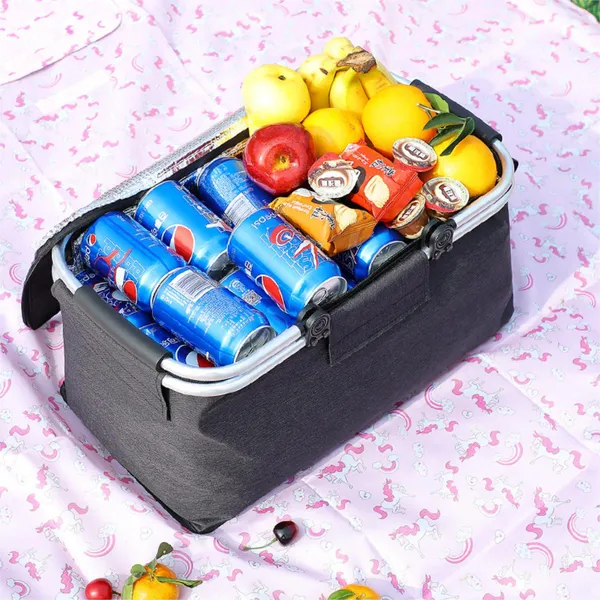
Certified suppliers reduce the risk of substandard or rejected products3.
Certifications to Look For
Suppliers certified by ISO, SGS, or REACH follow international quality standards. This reduces product return risk and avoids compliance problems. It’s better to spend slightly more on certified factories than face the cost of reshipping or discarding unusable items.
Key Certifications and Benefits
| Certification | Assurance |
|---|---|
| ISO9001 | Quality management |
| SGS | Product safety testing |
| REACH | EU material compliance |
Always verify certification documents before placing large orders.
Use Dedicated Account Managers for Efficient Communication
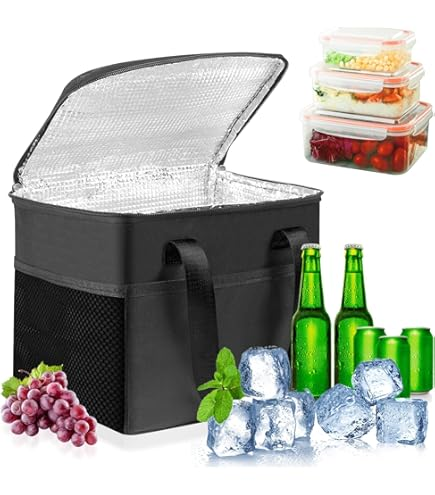
Dedicated account managers reduce errors and speed up order processing.
Why Dedicated Support Matters
A direct point of contact helps prevent miscommunication, order mistakes, and delays. Account managers understand your needs over time and can offer tailored suggestions. Factories like JiaRong often assign a representative to key accounts for smooth coordination.
Account Management Benefits
| Benefit | Impact |
|---|---|
| Consistent contact | Better coordination |
| Order tracking | Fewer errors |
| Quicker updates | Faster issue resolution |
Long-term relationships lead to fewer surprises and more reliable outcomes.
Conclusion
Saving money on overseas cooler bag orders is possible with the right strategies. Focus on bulk purchasing, factory-direct sourcing, and standard materials to cut costs. Validate certifications and simplify customization to avoid hidden expenses. In my experience, combining three or more of these methods consistently reduces overall spend by up to 30%.
Which of these strategies have you used successfully? Let us know in the comments or share your experience.
-
Exploring the advantages of bulk ordering can help you maximize savings and efficiency in your sourcing process. ↩
-
Understanding the impact of in-house production can lead to better supplier choices and cost savings. ↩
-
Learning about essential certifications can help ensure product quality and compliance, saving you from costly mistakes. ↩
